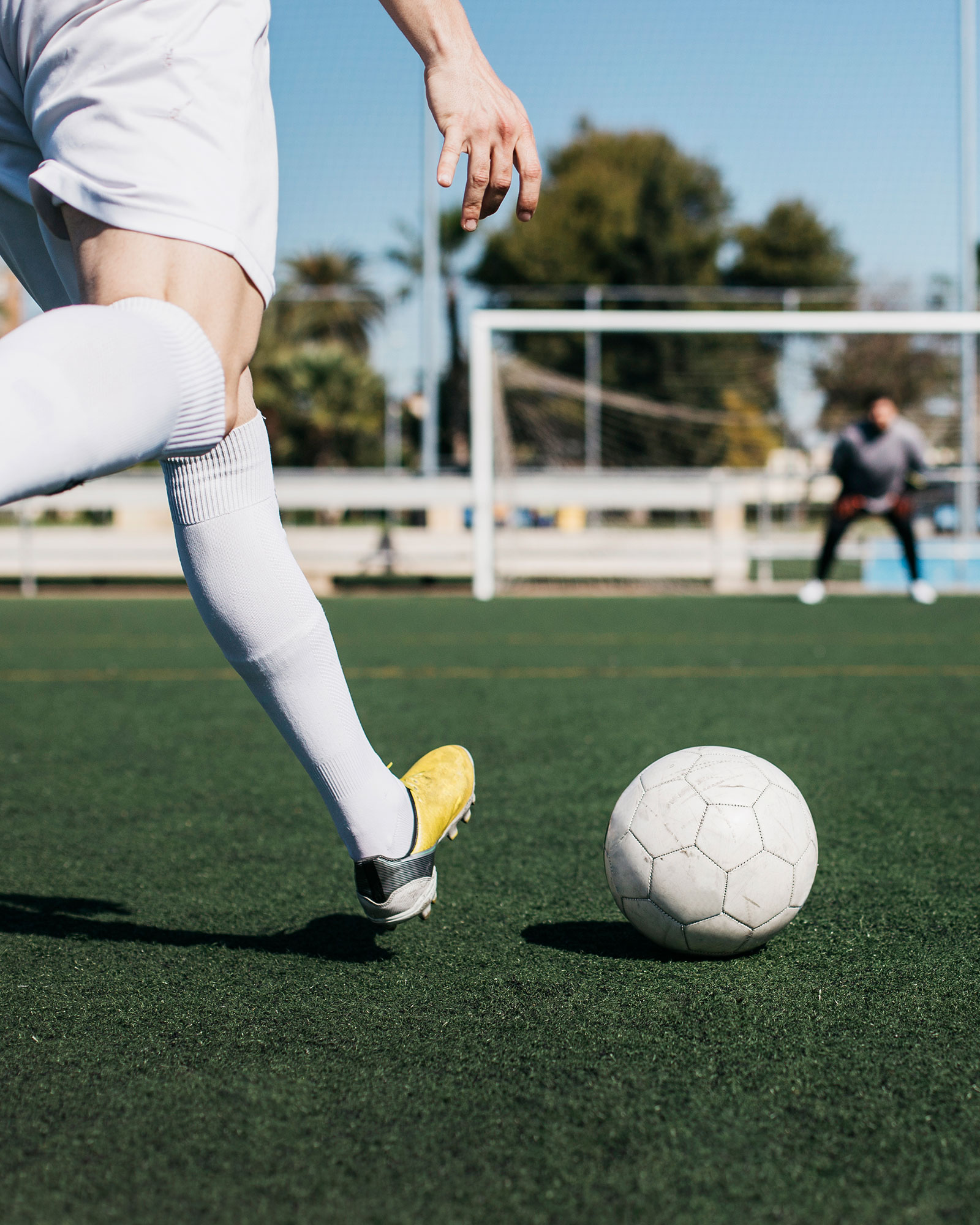“My exercise routine has been continually updated and personalized to meet my specific needs and ensure that I am meeting my goals to full recovery.”
– Olivia Z.
At Specialized Orthopedic Physical Therapy, we do more than just treat sports injuries. You see, all of our PTs are athletes themselves, so they understand intimately what is at stake for your high school and collegiate athlete.
Every athlete wants to get back into the game to support his or her teammates, to compete for scholarships and championships, to be scouted by the pros. So we get you into the office immediately following your injury so we can diagnose and prescribe the right treatment as quickly as possible for a speedy recovery.
While every athlete wants to jump back in as quickly as possible, we know that the top priority is long-term physical health. A few glory years on the field are not worth a lifetime of chronic pain and injuries. This is why we take the time to talk with you and your child, athlete to athlete, about the important decisions that need to be made regarding the injury, treatment, and continued play.
As long-time athletes, we know what the strains look like over the decades. This makes us particularly well-suited to help your child understand both the immediate and the long-term impact of the injury on his or her future health and well-being. We prescribe a PT regimen with the goal of establishing a lifetime of healthy physical activity.
While not officially a contact sport, anyone who has played soccer knows how physical the game can be. Among high school sports, girls soccer has the highest number of concussions each year. The popularity of youth soccer leagues means we see a lot of soccer injuries.
Naturally, soccer players share a number of common injuries with runners, but they also have a few particular to the soccer field.


Remember, to see a physical therapist, you do NOT need to first see your PCP and receive a referral (unless your health insurance policy dictates otherwise). You have the right to see any PT you choose for treatment of your pain and injuries. Feel free to call our office and we can help you determine if a PCP referral is needed. (401) 384-6490